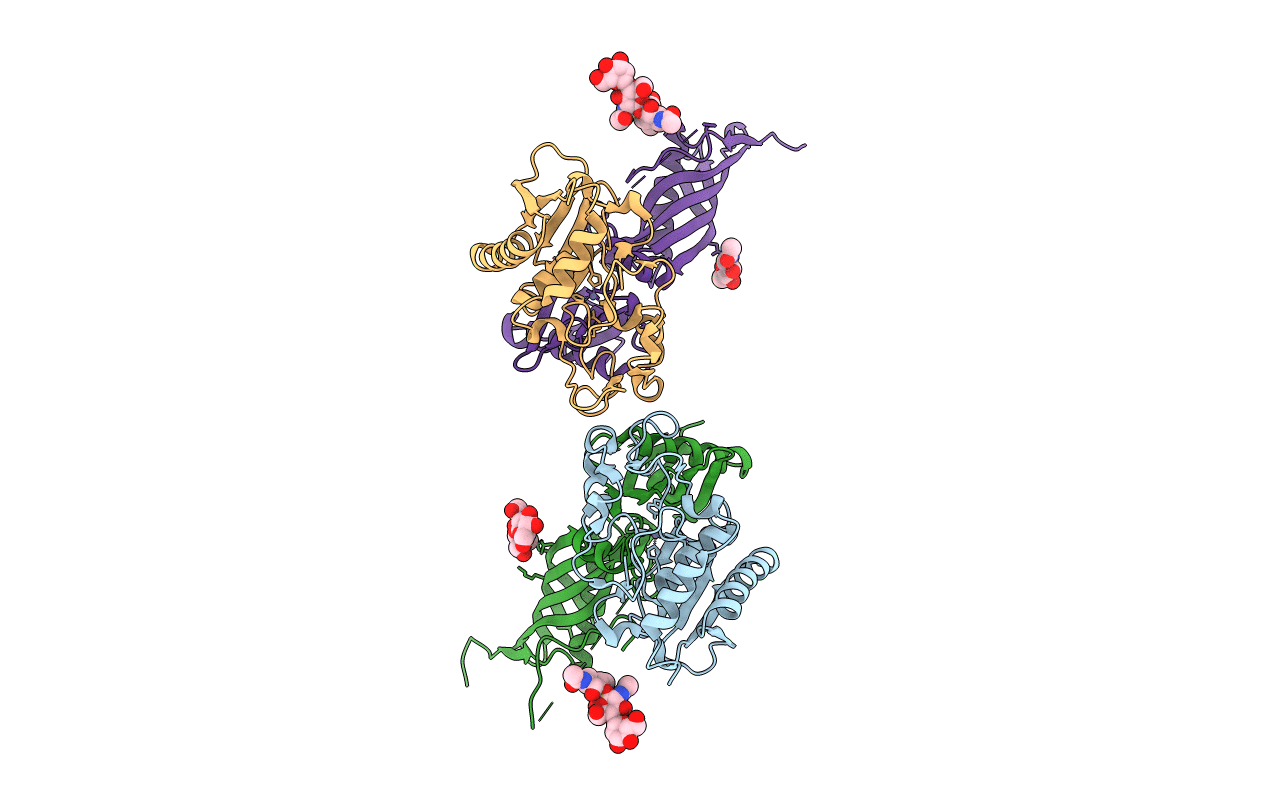
Deposition Date
2019-07-18
Release Date
2019-10-23
Last Version Date
2024-11-06
Entry Detail
Biological Source:
Source Organism:
Homo sapiens (Taxon ID: 9606)
Astacus astacus (Taxon ID: 6715)
Astacus astacus (Taxon ID: 6715)
Host Organism:
Method Details:
Experimental Method:
Resolution:
3.00 Å
R-Value Free:
0.24
R-Value Work:
0.18
Space Group:
P 61


